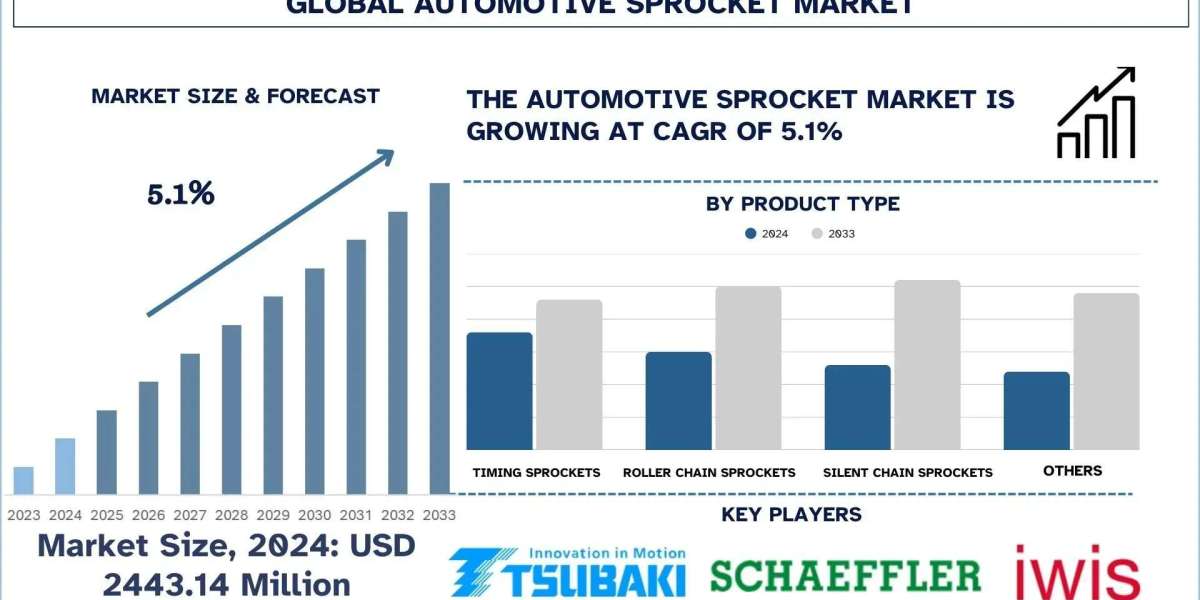Market demand for Virtual try on clothes
The market demand for Virtual try on clothes mainly comes from the synergistic effects of technological progress, consumer upgrading, and policy promotion. In 2025, related technologies have entered the stage of large-scale application.
consumer demand
The new generation of shoppers' pursuit of immediacy and personalization has propelled virtual fitting from an "additional function" to a "decision-making necessity". After the e-commerce platform integrated the virtual fitting function, the user decision-making time was shortened by 36%, the conversion rate increased by 18.4 percentage points, and the return rate decreased significantly. Huawei, Alibaba and other technology companies have optimized user experience through 3D scanning and AI algorithms, achieving dynamic adaptation of skin color and body shape.
Industry demand
Brand owners optimize supply chain efficiency through virtual fitting, and top enterprises build their own technical teams to reverse input user data into the design end, shortening the new product development cycle. At the policy level, the Ministry of Industry and Information Technology requires that the penetration rate of immersive fitting technology should exceed 40% by 2025, and the coverage rate of county-level shopping malls should not be less than 60%.
Technology evolution
From early 2D mapping to 3D modeling, and then to AI real-time rendering, the technology has broken through the "uncanny valley effect" and achieved a digital clone fitting room in the metaverse scene. Huawei, Alibaba and other technology companies are promoting experience upgrades by improving human scanning accuracy (with an error of less than 0.5 centimeters) and material simulation (covering 12000 fabric characteristics).







